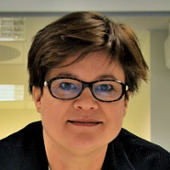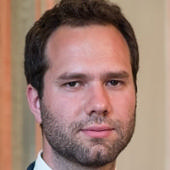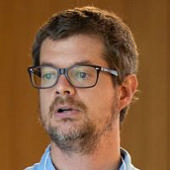Agenda
-
**Note: timings are in CET**
-
CW Welcome and regulatory context
-
Moderator: Jean-Philippe Montfort, Partner, Mayer Brown Europe-Brussels LLP, Belgium
- Session 1: Background to the concept of essential uses for PFASs in the EU
-
Introduction
-
The proposed PFAS restriction
- Initial feedback from the call for evidence
- Regulatory process and timing
-
Academic perspective on the concept of ‘essential uses’
-
Industry perspective on the concept of ‘essential uses’
-
Q&A and panel discussion
-
Networking and break
-
Moderator: Jean-Philippe Montfort, Partner, Mayer Brown Europe-Brussels LLP, Belgium
- Session 2: Sectoral uses of PFASs – case studies
-
Introduction
Sectoral case studies to cover:
- Examples of applications
- Benefits to society
- Availability of substitutes
- Exposure and risk profile
- Conclusion on potential for essential use
-
Case study 1: Healthcare
- 3M – who we are and what we do
- PFAS in the Medical Industry
- PFAS and ‘essential use’ concept – our perspective
- Closing remarks
 Natasa Sbrizaj
EMEA Regulatory and Government Affairs Manager for Environment and Sustainability, 3M
Natasa Sbrizaj
EMEA Regulatory and Government Affairs Manager for Environment and Sustainability, 3M -
Case study 2: The manufacture of semiconductors
- SEMI at a glance
- Semiconductors as a key enabling technology
- PFAS and its essential use
- Closing remarks and key messages
Emir Demircan, Director of Advocacy and Public Policy, SEMI, Europe, Belgium
-
Case study 3: Filtration products
- W. L. Gore & Associates – who we are and what we do
- Industrial filtration – 2 case studies
- Value of fluoropolymers
- Closing thoughts
-
Case study 4: Textiles
Environmental considerations for stain-resistant upholstery
- Why specify stain-resistant upholstery?
- Performance comparison of fluorinated and non-fluorinated finishes
- Progression of fluorotechnology for textiles
- Voice of the customer
- Environmental impacts of removing stain resistance
-
Q&A
-
Break and networking
-
Moderator: Andrew Turley, Science Editor, Chemical Watch, UK
- Session 3: Roundtable discussion - How to develop effective criteria for ‘essential uses’ of PFASs?
-
Introduction
-
Panel
 Ronald Bock
Senior Advocacy and Regulatory Manager, AGC Chemicals Europe / Chair of the Fluoropolymer Group, PlasticsEurope
Ronald Bock
Senior Advocacy and Regulatory Manager, AGC Chemicals Europe / Chair of the Fluoropolymer Group, PlasticsEurope -
Conclusions
-
Chemical Watch Demo
Chemical Watch membership and platform demo – drive your business with indispensable compliance intelligence.
Join us for a short presentation and demo about the Chemical Watch service. -
Close of conference





-(002).jpg)



.jpg)

